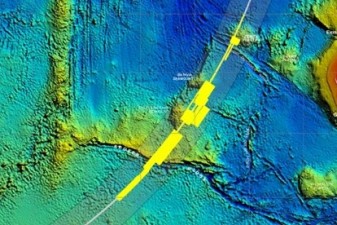
26/11/2014 09:10
MH370: Hopes fresh drift model will improve debris search in Australia
Australia is working on new drift modelling to expand the geographical area in which wreckage from missing Malaysia Airlines flight MH370 may come ashore, the Guardian reported, citing the Australian search coordinator.
Initial analysis had suggested the first debris from the plane could come ashore at West Sumatra in Indonesia after about 123 days.
“We are currently working ... to see if we can get an updated drift model for a much wider area where there might be possibilities of debris washing ashore,” the search coordinator, Peter Foley, said in Perth.
Foley said the research centre was receiving reports at least once a week of debris washed up on the Australian coastline, but none has so far been identified as coming from the missing aircraft.
The drift modelling supplements an ongoing surface and underwater search for the plane, which disappeared over the remote Indian Ocean on 8 March with 239 people on board.
The chief commissioner of the Australian Transport Safety Bureau (ATSB), Martin Dolan, on Tuesday dismissed suggestions there was disagreement on the search area among the five groups that make up the international team - Boeing Co in the US, Thales in France, US investigator the National Transportation Safety Board and the Australian Defence Science and Technology Organisation.
The teams initially agreed an area about 600km long by 90km wide west of Perth, Western Australia, was most likely. A new report released last month specified two high-priority areas further south.
“There is no disagreement, just the deliberate application of differing analysis models,” Dolan said.
All five groups agree MH370’s final resting place is near the “seventh arc” a curve that stretches from about 1,000km off Exmouth in WA, to a point about 2,000km south-west of Perth, Dolan said.
More than 6,900 sq km of sea floor has been searched so far.








